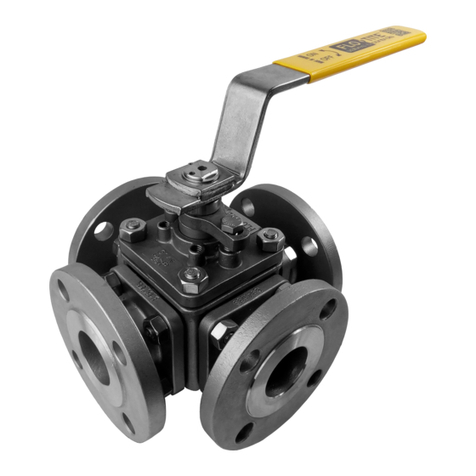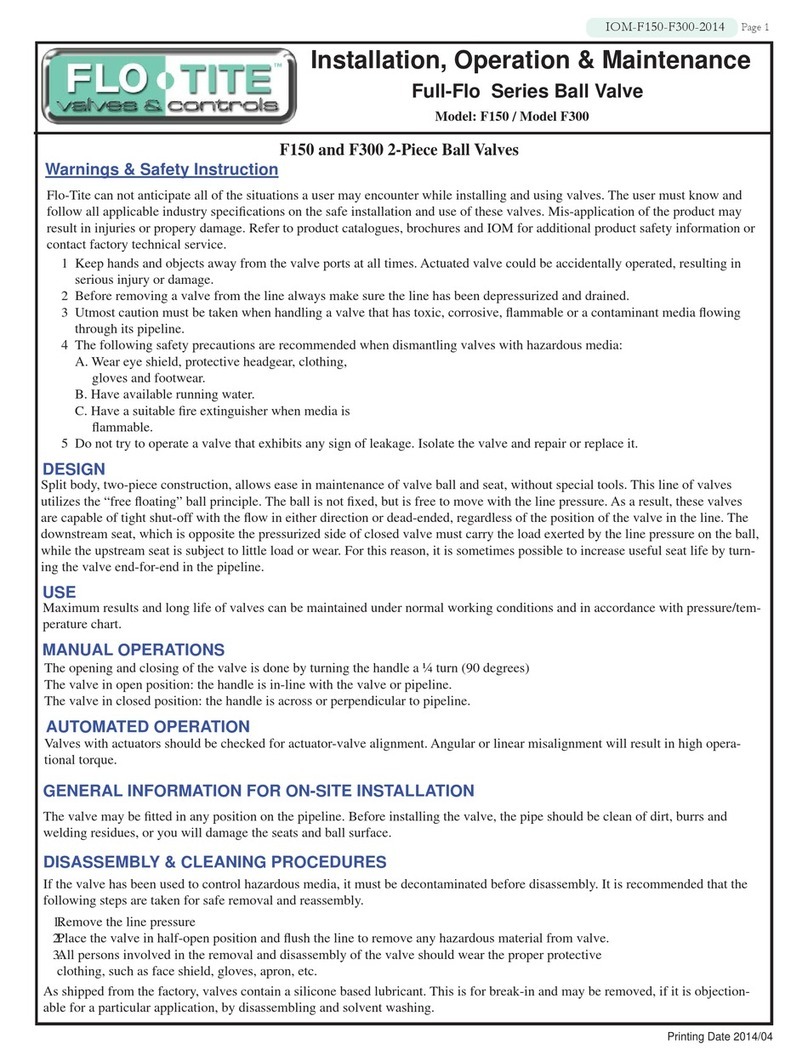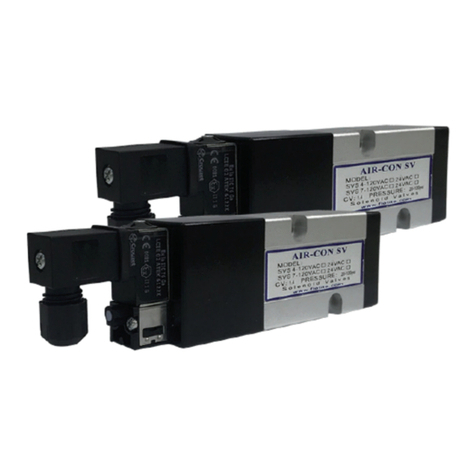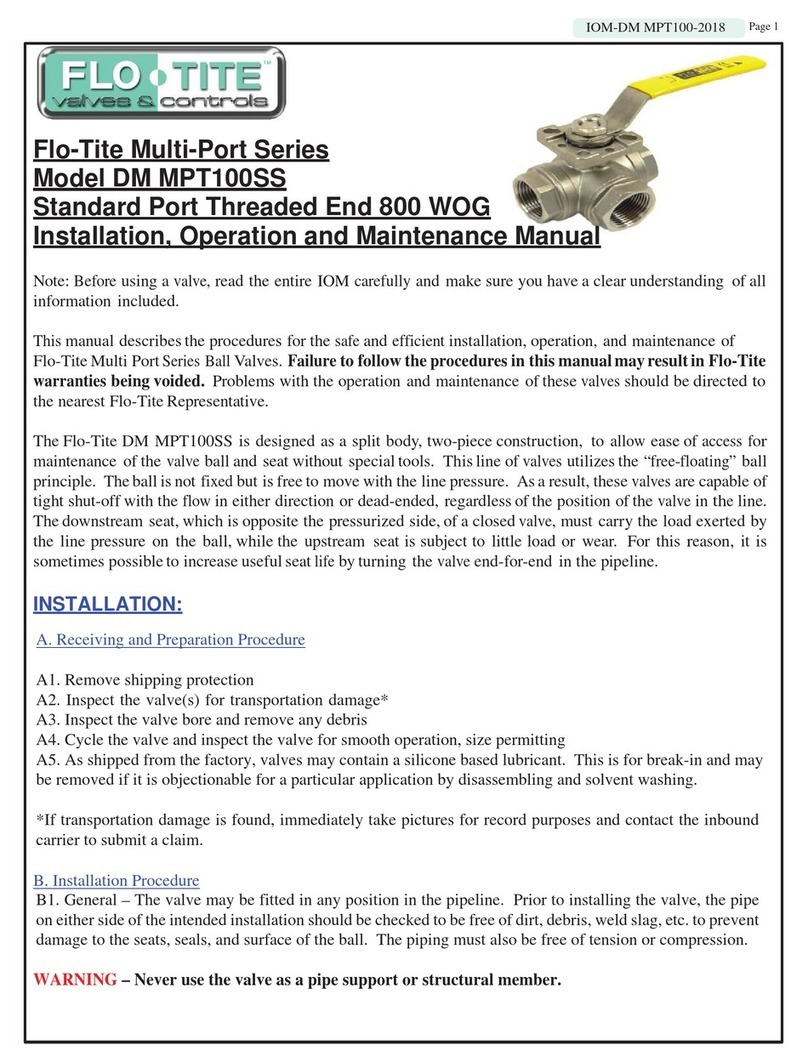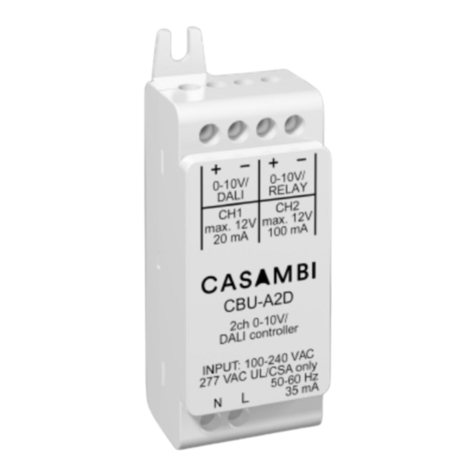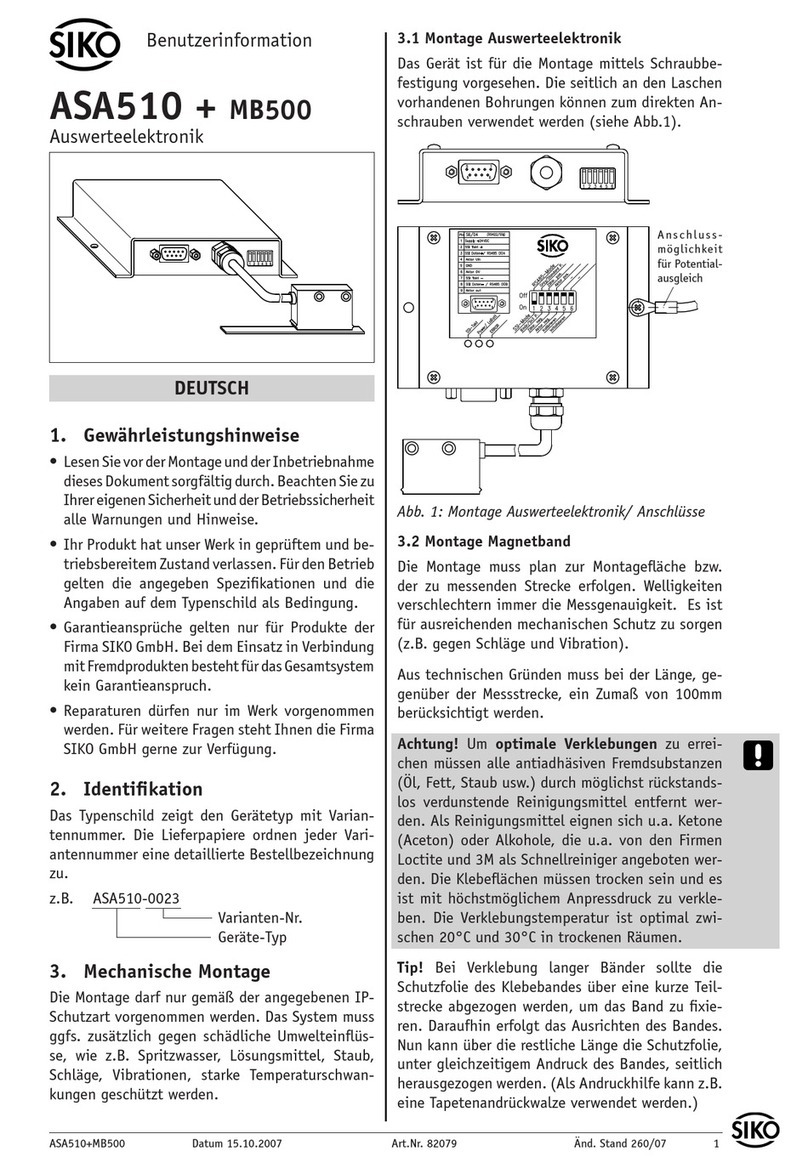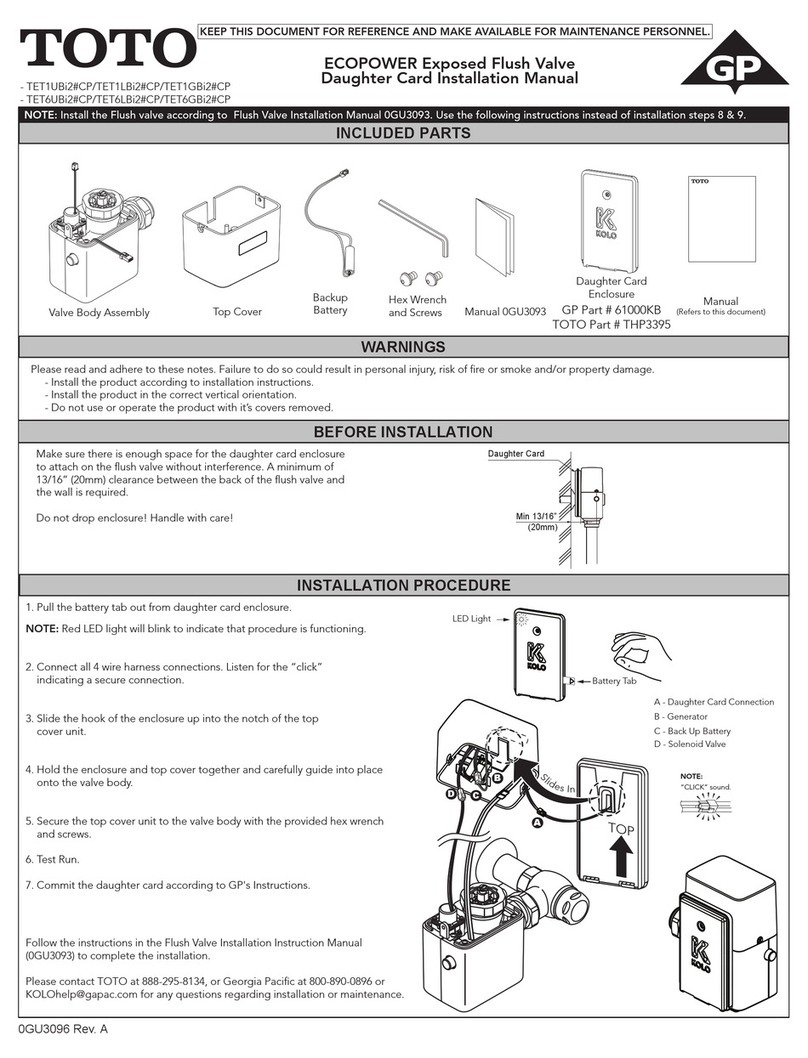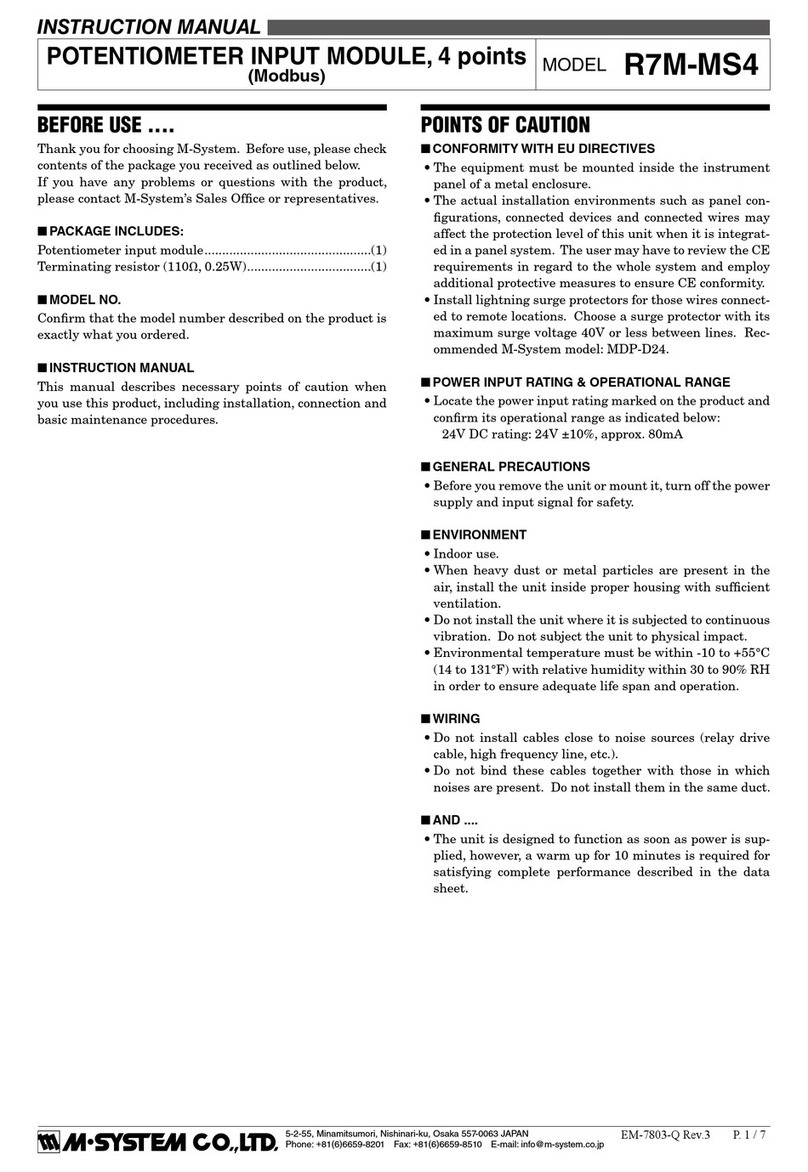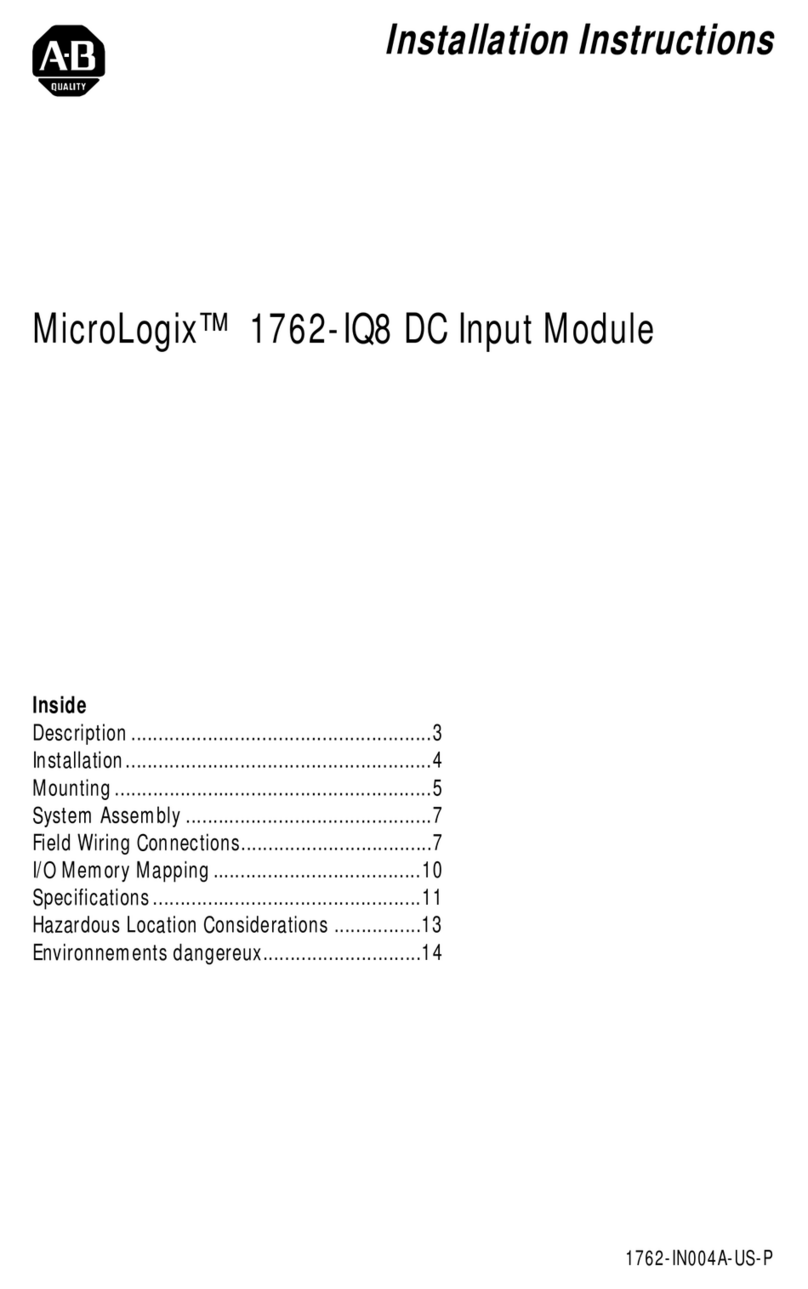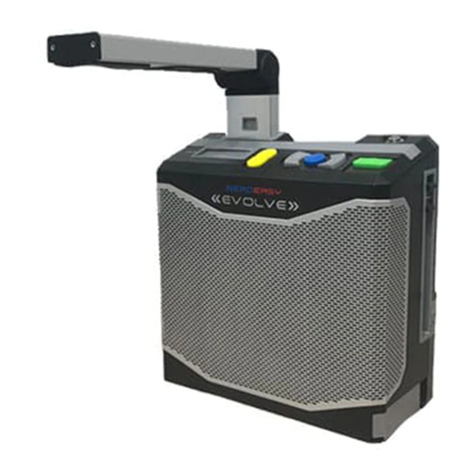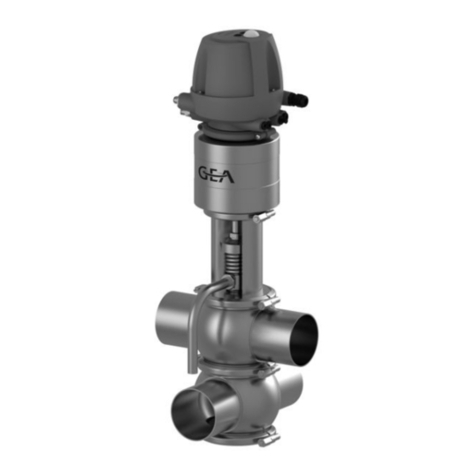Flo-Tite F150 Owner's manual

IOM-F150
Installation, Operation & Maintenance
(F150, F300)
F150 and F300 2-Piece Ball Valves
DESIGN
Split body, two-piece construction, allows ease in maintenance of valve ball and seat, without special tools. This line of valves
utilizes the “free floating” ball principle. The ball is not fixed, but is free to move with the line pressure.As a result, these valves are
capable of tight shut-off with the flow in either direction or dead-ended, regardless of the position of the valve in the line. The
downstream seat, which is opposite the pressurized side of closed valve must carry the load exerted by the line pressure on the ball,
while the upstream seat is subject to little load or wear. For this reason, it is sometimes possible to increase useful seat life by
turning the valve end-for-end in the pipeline.
Maximum results and long life of valves can be maintained under normal working conditions and in accordance with pressure/
temperature chart.
The opening and closing of the valve is done by turning the handle a ¼ turn (90 degrees)
The valve in open position: the handle is in-line with the valve or pipeline.
The valve in closed position: the handle is across or perpendicular to pipeline.
USE
MANUAL OPERATIONS
AUTOMATED OPERATION
GENERAL INFORMATION FOR ON-SITE INSTALLATION
DISASSEMBLY & CLEANING PROCEDURES
DISASSEMBLY FOR SEAL & PACKING
Valves with actuators should be checked for actuator-valve alignment.Angular or linear misalignment will result in high opera-
tional torque.
The valve may be fitted in any position on the pipeline. Before installing the valve, the pipe should be clean of dirt, burrs and
welding residues, or you will damage the seats and ball surface.
If the valve has been used to control hazardous media, it must be decontaminated before disassembly. It is recommended that the
following steps are taken for safe removal and reassembly.
Stem seal leakage may be corrected without disassembly. Tighten the packing gland nuts until leakage stops. If leakage continues
or valve’s operating torque becomes excessive, the seals are worn and replacement will be necessary. WARNING: do not remove
packing gland while line is under pressure! Begin with the valve partially open in a depressurized line.
As shipped from the factory, valves contain a silicone based lubricant. This is for break-in and may be removed, if it is objectionable
for a particular application, by disassembling and solvent washing.
Remove the flange bolts and nuts and lift valve from line for servicing. NOTE: care should be taken to avoid scratching or
damaging serrated gasket. These valves can be heavy depending on what size you are repairing. They should be adequately
supported before removal from the line has begun.
Loosen handle set screw and remove handle and stop plate. Next, remove gland nuts, gland flange and gland.
Remove body end nuts, using proper wrench size. Lift off body end. One seat should come out with body end.
Remove body seal.
To take out the ball, rotate stem so ball is in fully closed position. Lift ball from body, using a strap and lift device, if necessary.
NOTE: extreme caution should be taken to avoid damage to the ball.
Take out the other seat.
Stem must be removed from inside the body. (tap on the top of stem with rubber coated tool should loosen it. The thrust
washer should come out with the stem. Then remove the stem packing.)
1.
2.
3.
4.
5.
6.
7.
Remove the line pressure
Place the valve in half-open position and flush the line to remove any hazardous material from valve.
All persons involved in the removal and disassembly of the valve should wear the proper protective
clothing, such as face shield, gloves, apron, etc.
1.
2.
3.

VISUAL INSPECTION
Clean and inspect metal parts. It is not necessary to replace the ball and stem unless the seating surfaces have been damaged by
abrasion or corrosion. We strongly recommend replacement of all soft parts whenever the valve is disassembled for reconditioning.
This is the surest protection against subsequent leakage after valve assembly. The replacement parts can be ordered in kit form.
NOTE: the valve may be assembled and operated dry where no lubricants are allowed in the system; however, a light lubricant or
mating parts will aid in assembly and reduce initial opening torque. Lubricant used must be compatible with the
intended line fluid.
ASSEMBLY
Install one seat in the body cavity with the spherical curvature facing the ball.
Install thrust washer on stem and slide the stem up through the body.
Install packing and packing gland with packing gland bolts. Install stop plate, handle and handle retainer nut.
Turn the handle to the CLOSED position. Line up the ball slot with stem tang and slide the ball into position.
Turn the handle to the OPEN position to hold the ball in place. Install the remaining seat into body side.
Put body seal gasket into shoulder counter-bore at flange in valve body.
Put body end back into body and line up end flange.
Because the body flange bolt pattern is different from the line flange bolt pattern, it is possible to assemble the valve such that the
bolt holes in the line flanges don’t line up. Be certain to align end flanges bolt holes to straddle valve center lines.
NOTE: be careful not to damage body seal when putting body end into body. Install body end nuts and tighten in a “star” pattern
to the torque specified below.
WARNING: extreme care must be exercised during adjustment of body end nuts to make sure that complete engagement of studs
with body flange is maintained. There should be at least one stud thread exposed on each side. Cycle the valve slowly, with a
gentle back and forth motion to build gradually to a full quarter turn. By cycling slowly, the seat lips will assume a permanent seal
shape against the ball. A fast turning motion, at this point, may cut the seats before they have a chance to form the proper seal.
Test valve, if possible, prior to placing valve back into line position.
WARNING: if not properly secured, the valve can separate from the pressure source, resulting in possible injury.Always join the
valve to companion flanges of same pressure rating as valve and secure with a full set of flange bolts.
WRENCH SIZE AND BOLT TORQUES
½”– 12mm wrench / 188 In Lbs
¾”– 12mm wrench / 188 In Lbs
1”– 14mm wrench / 290 In Lbs
1½” – 19mm wrench / 290 In Lbs
2”– 19mm wrench / 385 In Lbs
2 ½” – 7/8” wrench / 500 In Lbs
3” – 7/8” wrench / 500 In Lbs
4” – 7/8” wrench / 500 In Lbs
6” – 1 1/16” wrench / 1050 In Lbs
8” – 1 1/16” wrench / 1050 In Lbs
10” – 15/16” wrench / on application
12” – 15/16” wrench / on application

1
2
3
4
5
6
7
8
9
10
11
12
13
14
15
16
17
18
19
20
21
22
23
1
2
3
4
5
6
7
8
9
10
11
12
13
14
15
16
17
18
19
20
21
22
23
Body
Cap
Stem
PackingFollower
BellevilleWasher
Lock Washer
Ball
Seat
Gasket
StemPacking
Packing Protector
Thrust Washer
Anti-Static
Valve Stop
Handle
LockingDevice
Handle Sleeve
Thin Nut
Body Stud
Body Nut
Bolt
O-Ring
SeatO-Ring
Body
Cap
Stem
PackingGland
PackingFollower
Ball
Seat
StemPacking
Packing Protector
Gasket
Thrust Washer
O-Ring
Anti-Static
Travel Stopper
Snap Ring
Handle
GlandBolt
Stop Housing
Housing Bolt
Body Stud
Body Nut
O-Ring
SetScrew
1/2” - 2”
Valve Component
2.5” - 12”
Valve Component
This brochure is general in nature and manufacturer reserves the right to alter
dimensions, materials or to make design improvements
This manual suits for next models
1
Table of contents
Other Flo-Tite Control Unit manuals
Popular Control Unit manuals by other brands
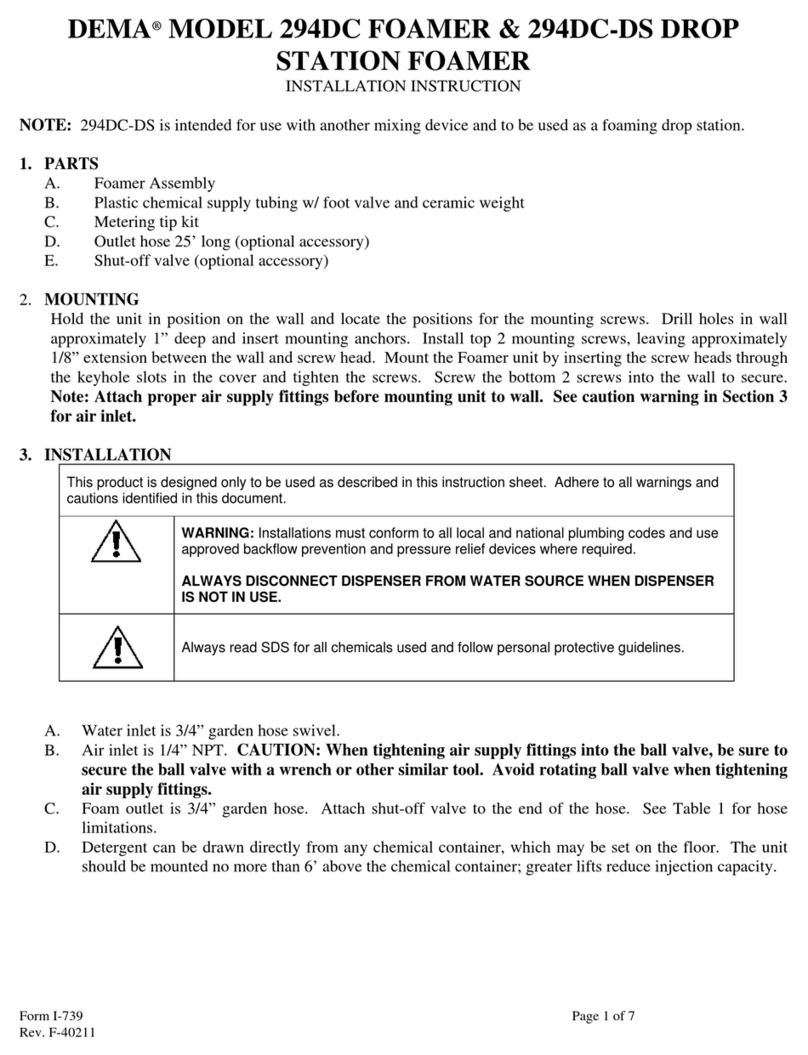
DEMA
DEMA 294DC Installation instruction
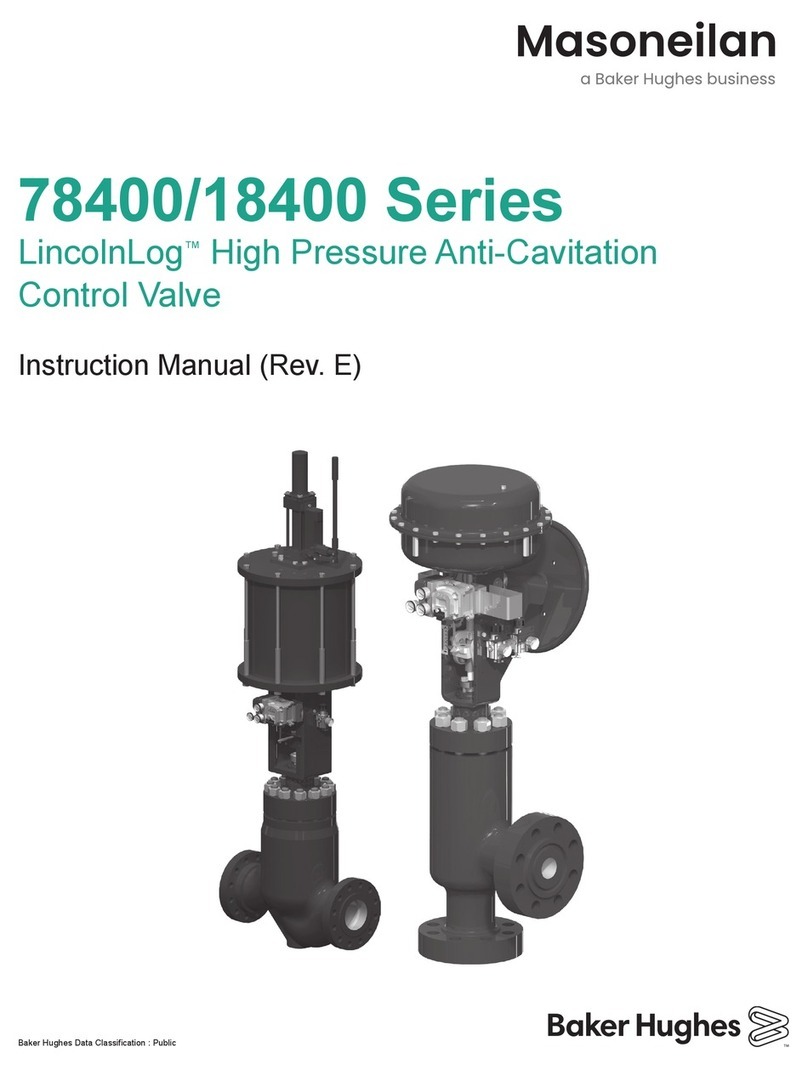
Baker Hughes
Baker Hughes Masoneilan LincolnLog 78400/18400 Series instruction manual

Erreka
Erreka CLEVER01 Quick installation and programming guide
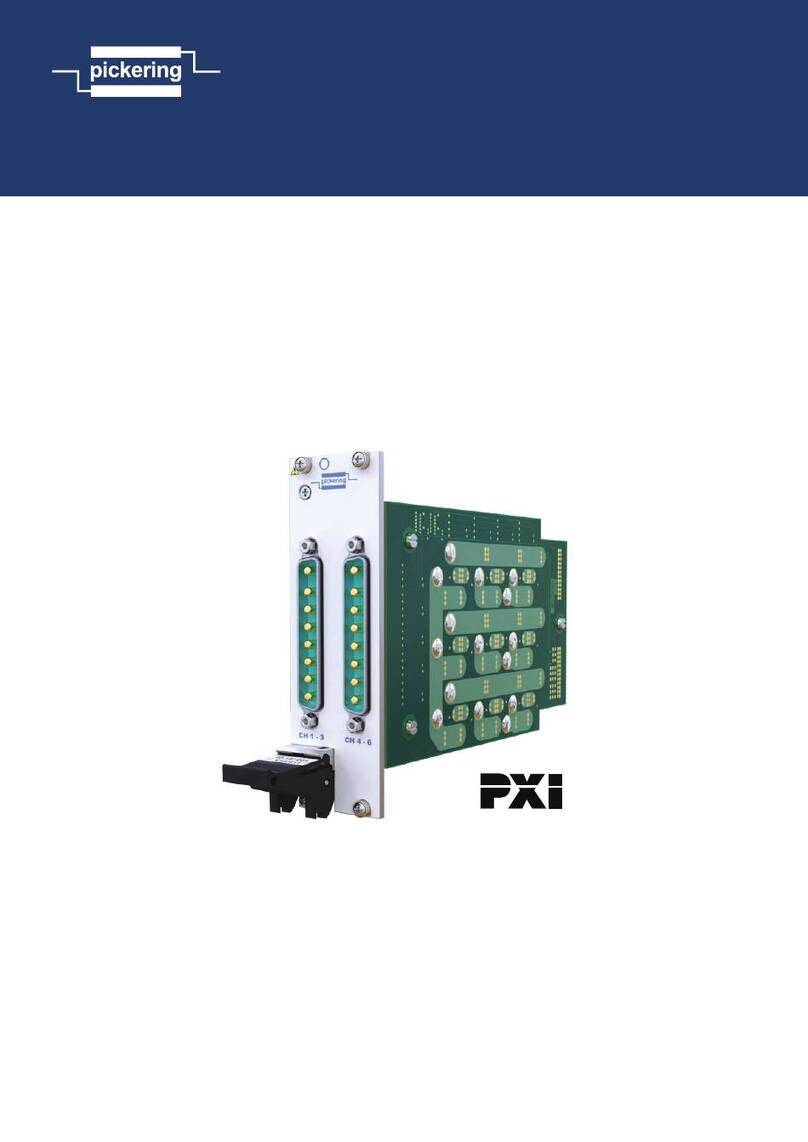
Pickering
Pickering 40-191B user manual
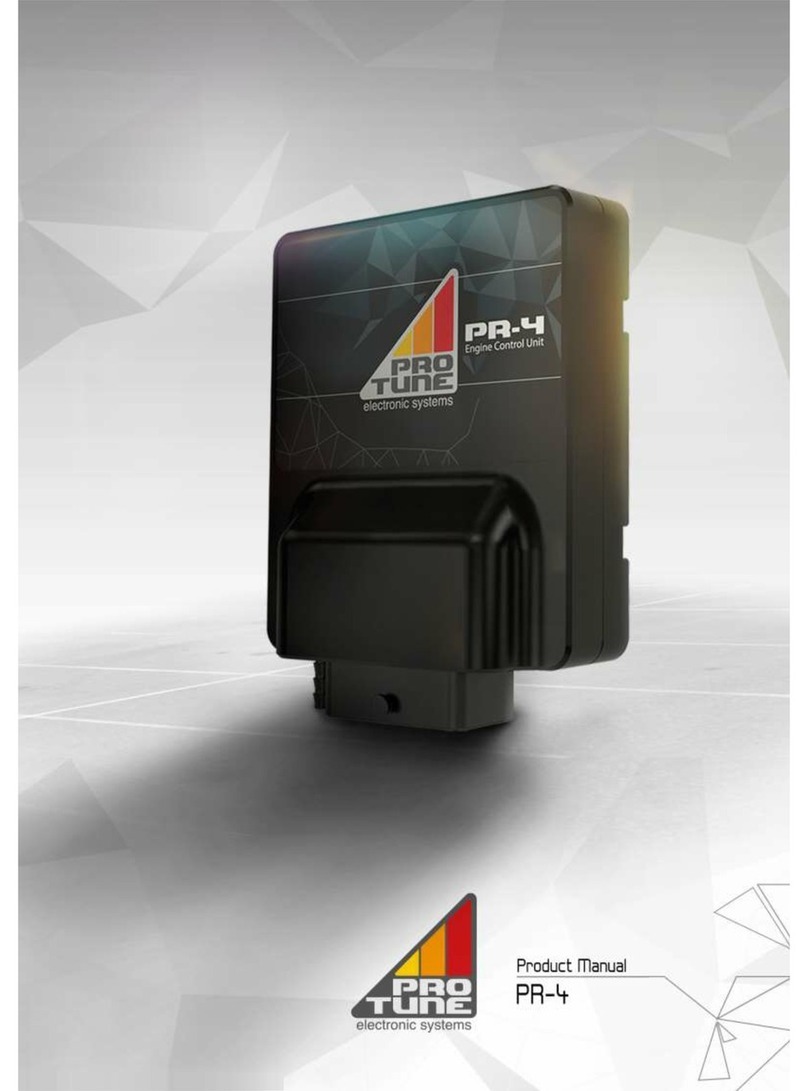
PRO TUNE
PRO TUNE PR-4 product manual
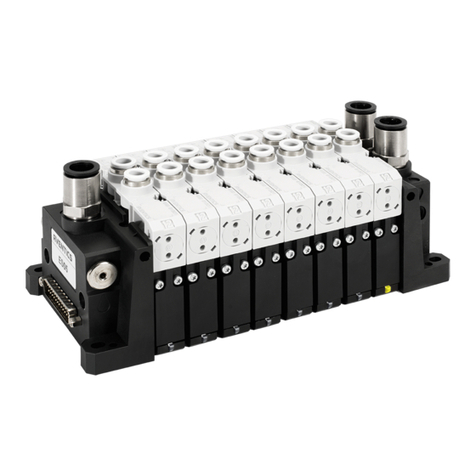
Aventics
Aventics ES05 operating instructions
